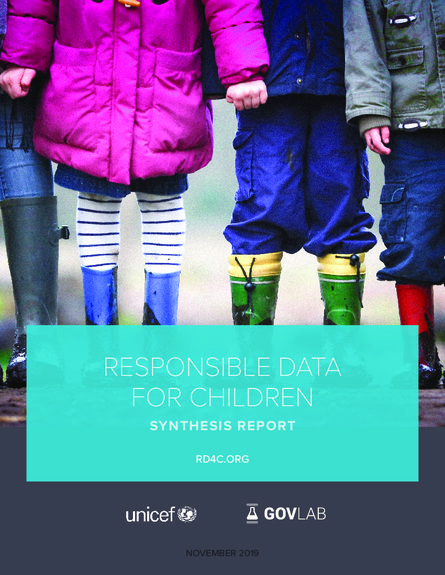
Around the world, humanitarian and development organizations working with children are increasingly reliant on a wide range of technologies used to improve the efcacy of service delivery. These child rights organizations use biometrics, digital identity systems, remote-sensing technologies, mobile and social media messaging apps, and administrative data systems, among other technologies to provide aid. The data generated by these tools and systems includes potentially sensitive data, such as PII (personally identifiable information) and DII (demographically identifiable information)—data points that enable the identification, classification, and tracking of individuals, groups, or multiple groups of individuals by demographically defining factors.